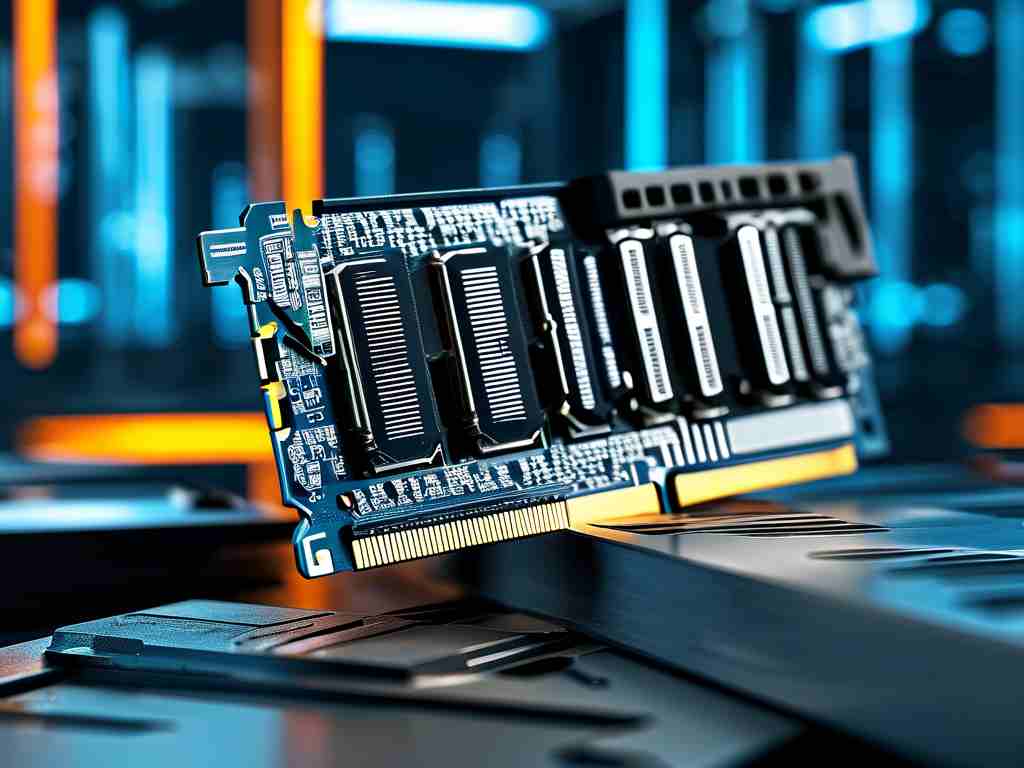The evolution of computing architectures has reached a pivotal juncture with the emergence of high-capacity memory systems. Unlike traditional setups where data shuttles between storage and processing units, these machines integrate terabytes of RAM directly into their computational framework. This architectural shift eliminates I/O bottlenecks, enabling real-time analytics on datasets that previously required distributed clusters or cloud-based solutions.

Technical Foundations
At the core of massive-memory systems lies advanced non-volatile memory technology. Phase-change memory (PCM) and resistive RAM (ReRAM) now complement conventional DRAM, offering persistence without sacrificing speed. For instance, a prototype system developed by Tsinghua University combines 24TB of 3D XPoint memory with heterogeneous processing units, achieving 92% bandwidth utilization during genomic sequence alignment – a 7x improvement over SSD-based setups.
Developers leverage this paradigm through memory-mapped file operations. Consider this Python snippet for handling large graph datasets:
import mmap
with open('graph.dat', 'r+b') as f:
buffer = mmap.mmap(f.fileno(), 0)
process_graph(buffer) # Direct memory access
This approach bypasses serialization overheads, crucial when manipulating terabyte-scale social network graphs or climate models.
Industry Applications
Financial institutions now process risk simulations in hours rather than days. JPMorgan's derivatives pricing engine, powered by 18TB memory nodes, reduced Monte Carlo simulation time from 14 hours to 23 minutes. The system maintains 12 million concurrent market scenarios in memory, updating positions in real-time as volatility indicators shift.
In healthcare, whole-genome analysis has undergone radical transformation. The Broad Institute's variant calling pipeline processes 30,000 genomes weekly using memory-resident databases. Their custom allocator manages 40TB heap space efficiently, minimizing garbage collection pauses that previously limited throughput.
Implementation Challenges
While promising, these systems demand specialized programming models. Conventional malloc/free operations become problematic at petabyte scales. Facebook's McDipper experiment revealed that standard memory managers waste 15-20% space through fragmentation when handling >10TB workloads. Emerging solutions like slab allocation with LRU eviction (shown below) demonstrate better performance:
struct slab_pool {
size_t obj_size;
struct list_head partial;
spinlock_t lock;
};
Thermal management also presents hurdles. Samsung's 512GB DDR5 modules require liquid cooling to maintain 85°C thresholds under sustained load – a critical design consideration for data center deployments.
Future Directions
The convergence of CXL interconnects and computational memory architectures hints at distributed shared-memory ecosystems. Intel's Ponte Vecchio GPUs already demonstrate 128GB HBM2e pools accessible across PCIe 5.0 links. When coupled with emerging photonic interfaces, this could enable exabyte-scale coherent memory spaces spanning multiple racks.
Quantum memory enhancements add another dimension. Researchers at MIT recently demonstrated cryogenic DRAM cells maintaining coherence for 150ms at 4K temperatures – a potential gateway for hybrid classical-quantum memory hierarchies.
As organizations grapple with exponentially growing datasets, high-memory systems transition from niche solutions to foundational infrastructure. Their ability to retain entire working sets in instantly addressable memory reshapes algorithmic possibilities, from real-time AI training to immersive metaverse rendering. While challenges in cost and programmability persist, the trajectory points toward memory-centric computing becoming the new norm in enterprise and scientific computing.









